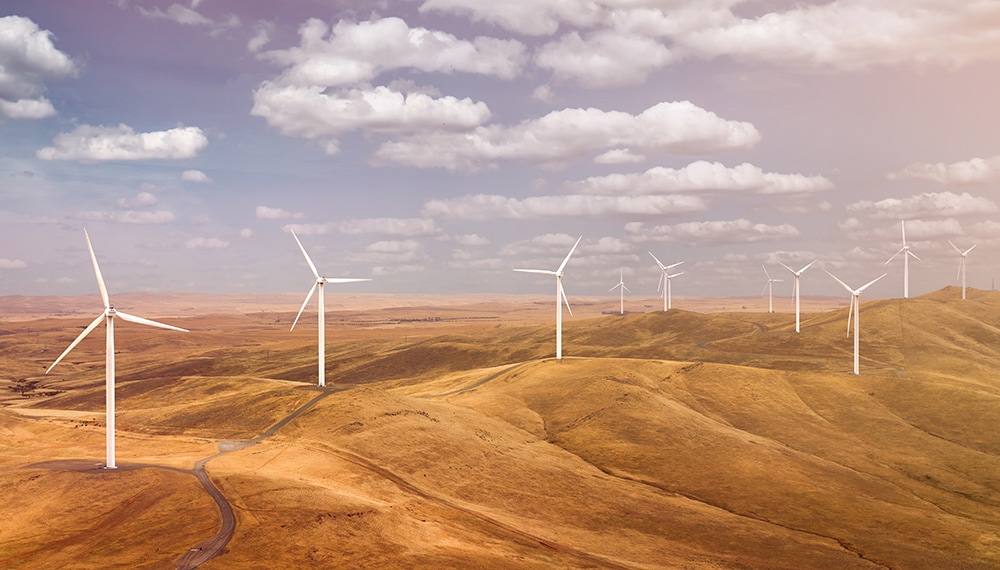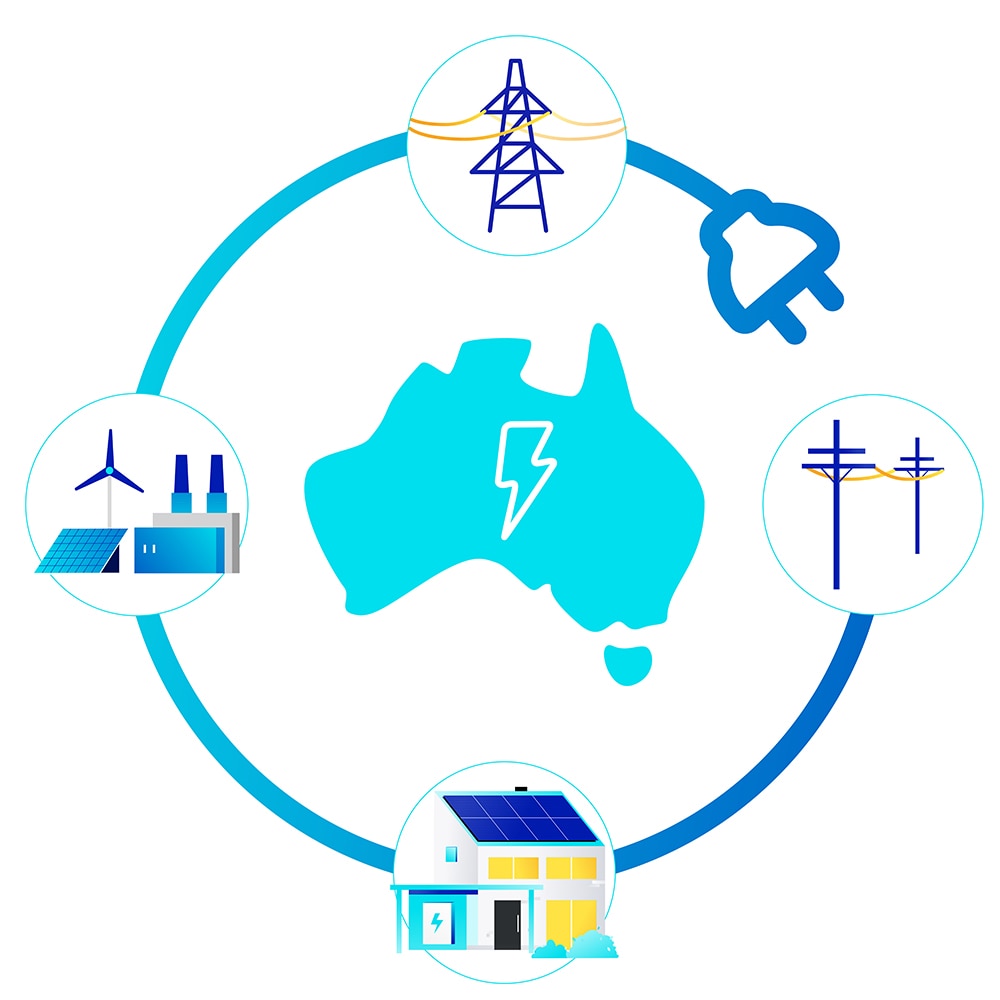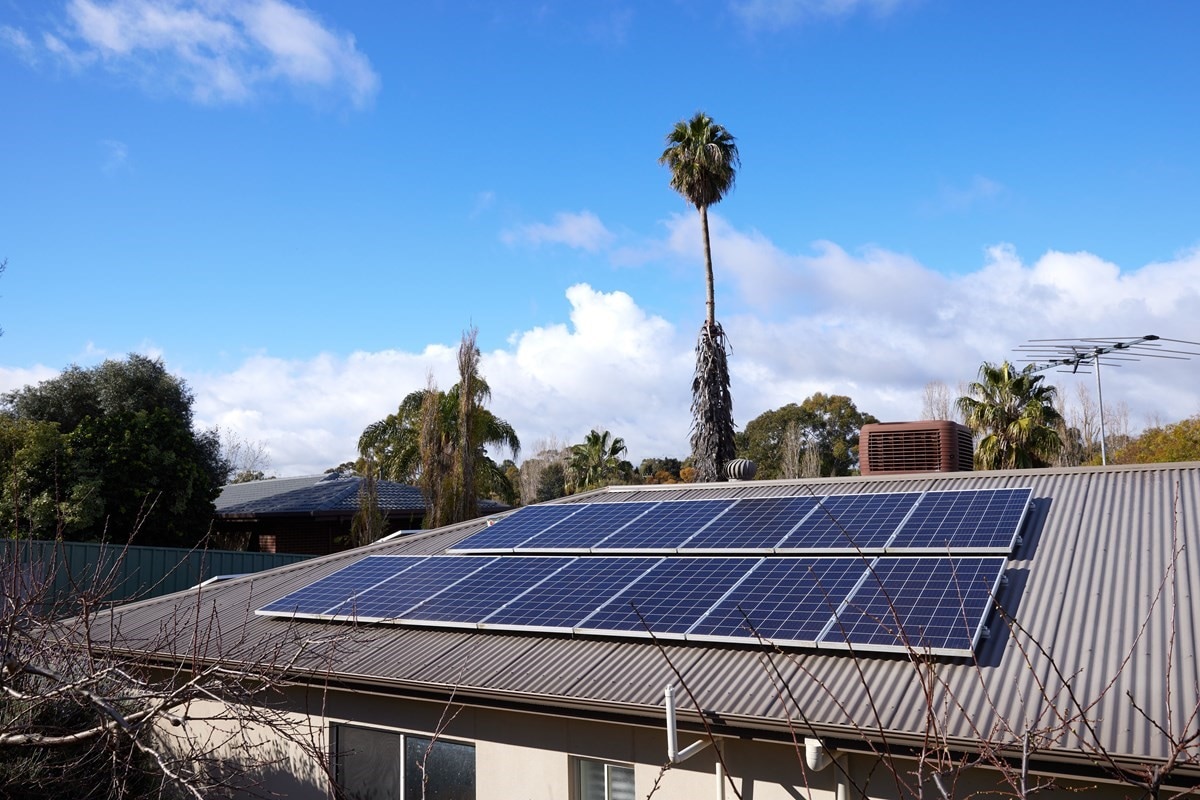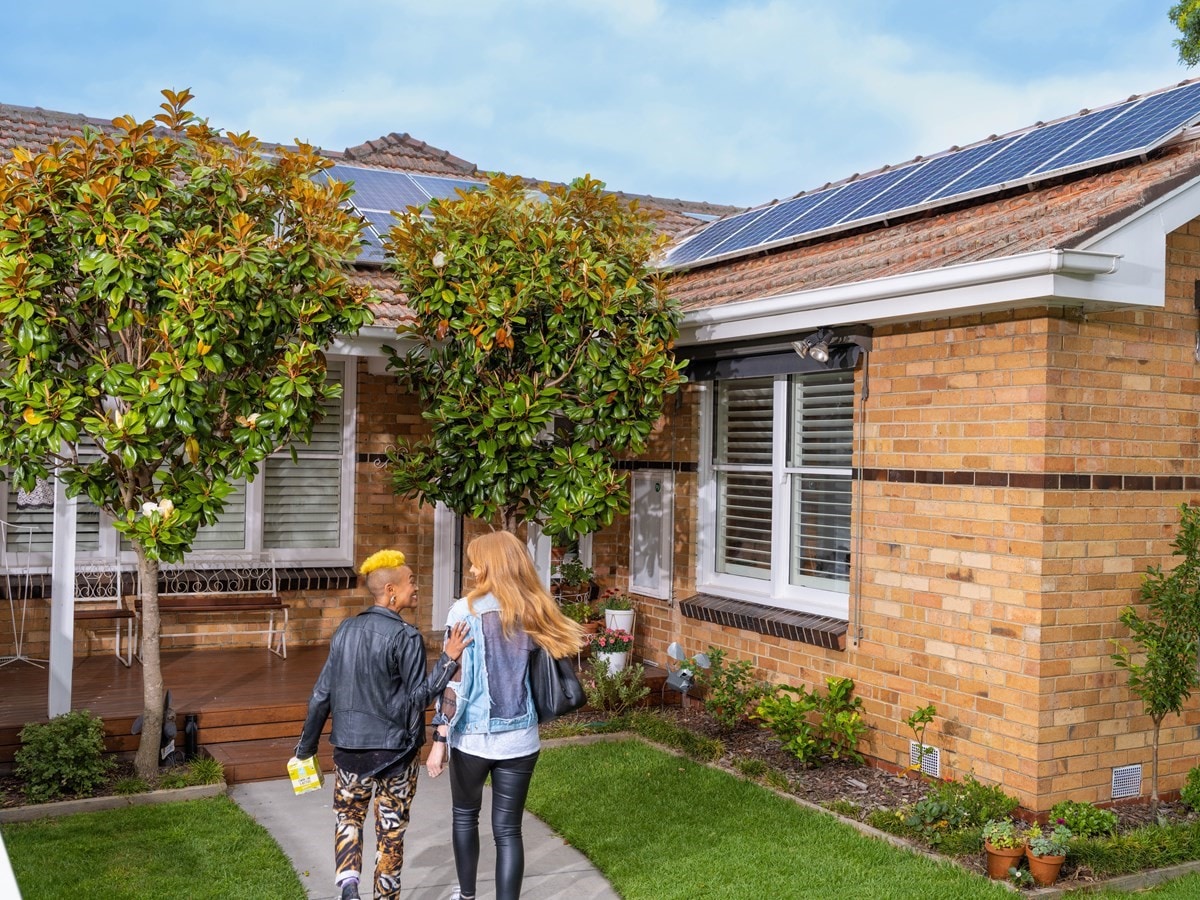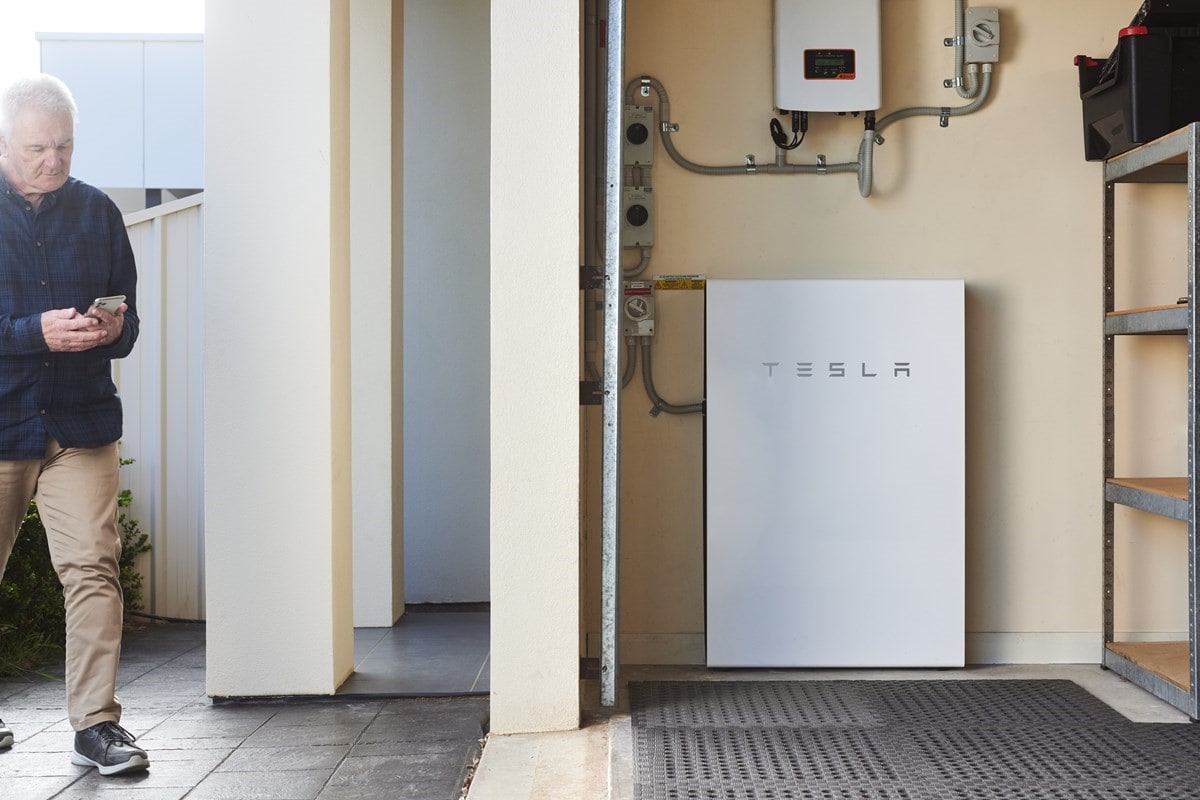Batteries can play a role in the wholesale energy market
Today, the Australian energy market is in a period of transformation. It’s become more than a collection of centralised power generators – home solar batteries have now joined the grid.
How is this possible? One way is the AGL Virtual Power Plant (VPP) – a collection of solar batteries in homes and businesses connected to each other through cloud-based technology. Through this shared data, excess solar power in the batteries can be delivered to the grid in peak periods. It’s a way to help reduce stress on our network that’s powered sustainably by the community, for the community.
And, since it’s charged by Australian sunlight, it’s also reducing our reliance on non-renewable energy resources. The environment, the grid and the community all benefit. But so do battery owners, who get paid for any power they share with the wider network.
What does this mean for the future of our electricity market? By shifting to a two-sided market, it puts more power in your hands by allowing you to generate and share energy and get directly involved in the market.
